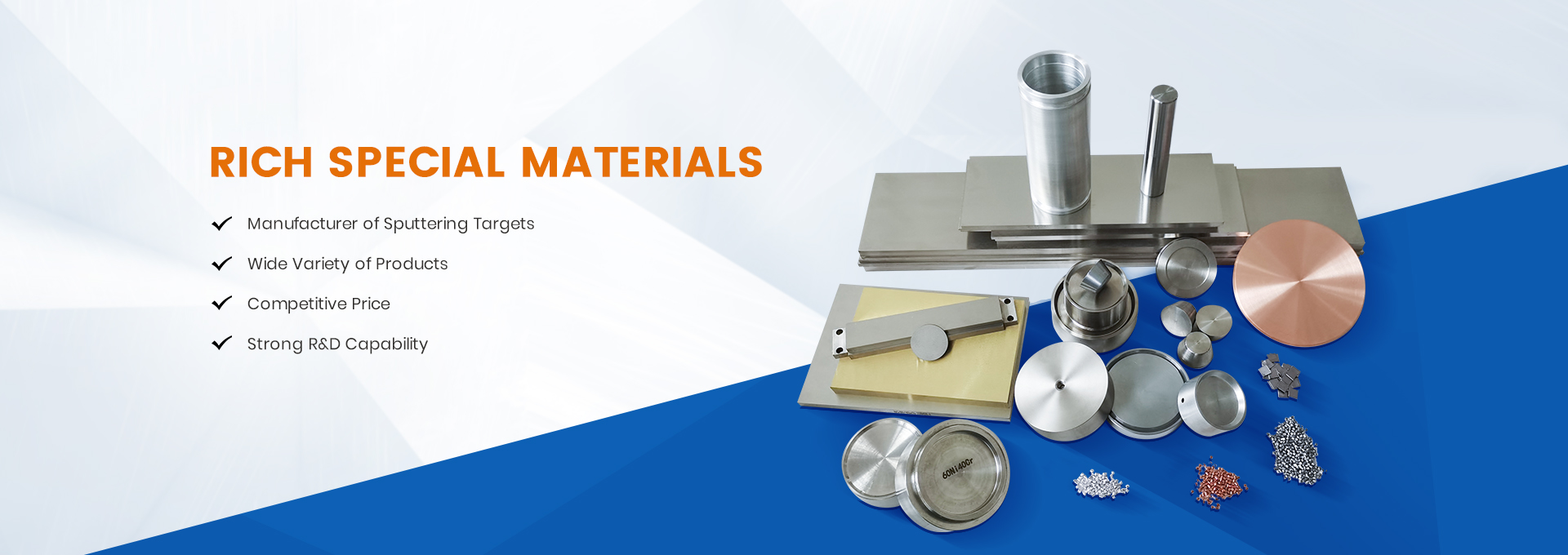Niobium target materials are mainly used in optical coating, surface engineering material coating, and coating industries such as heat resistance, corrosion resistance, and high conductivity. In the field of optical coating, it is mainly applied in ophthalmic optical products, lenses, precision optics, large-area coating, 3D coating, and other aspects.
The niobium target material is usually called a bare target. It is first welded to the copper back target, and then sputtered to deposit niobium atoms in the form of oxides on the substrate material, achieving sputtering coating. With the continuous deepening and expansion of niobium target technology and application, the requirements for the uniformity of niobium target microstructure have increased, mainly manifested in three aspects: grain size refinement, no obvious texture orientation, and improved chemical purity.
The uniform distribution of microstructure and properties throughout the target is crucial for ensuring the sputtering performance of niobium target materials. The surface of niobium targets encountered in industrial production usually exhibits regular patterns, which greatly affect the sputtering performance of the targets. How can we improve the utilization rate of the targets?
Through research, it has been found that impurity content (target purity) is an important factor affecting purity. The chemical composition of the raw materials is uneven, and impurities are enriched. After later rolling processing, regular patterns are formed on the surface of the niobium target material; Eliminating uneven distribution of raw material components and impurity enrichment can avoid the formation of regular patterns on the surface of niobium targets. The influence of grain size and structural composition on the target material can be almost negligible.
Post time: Jun-19-2023



